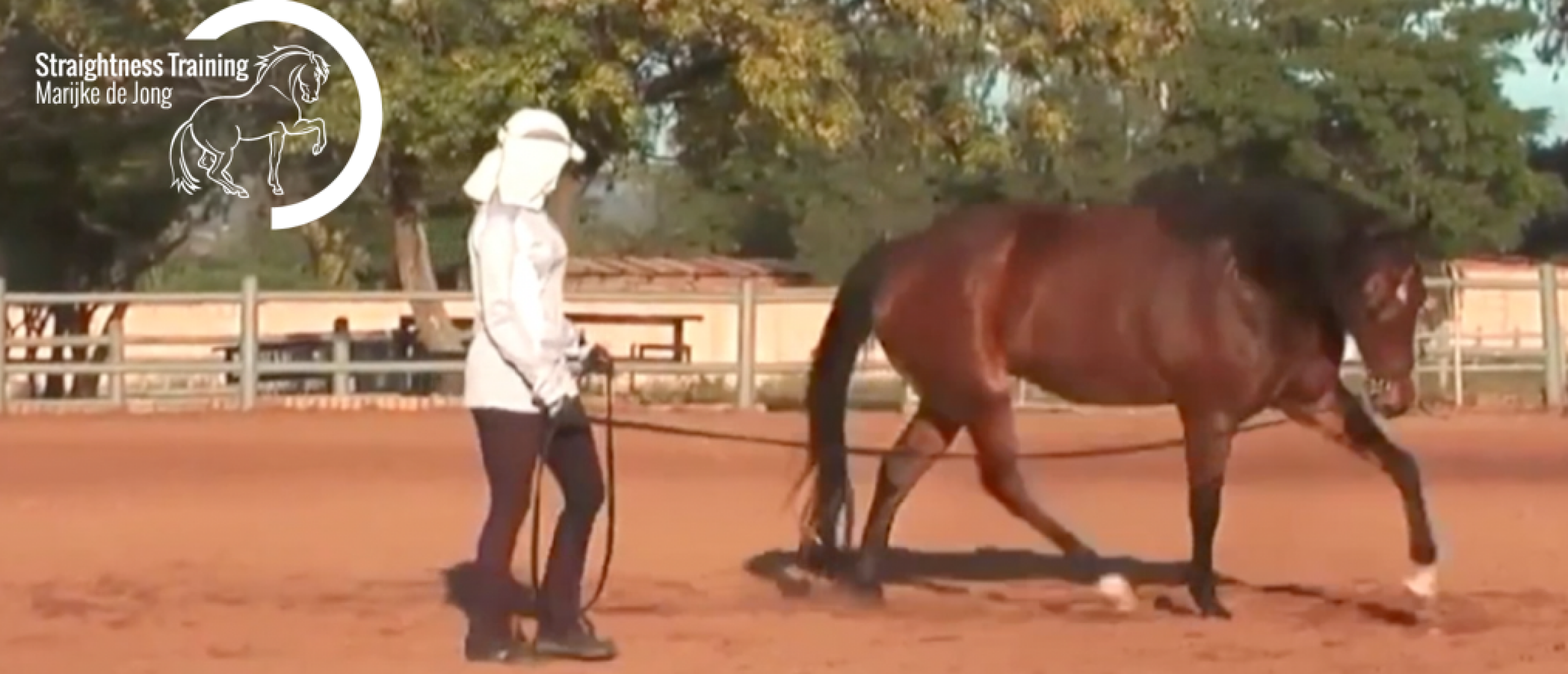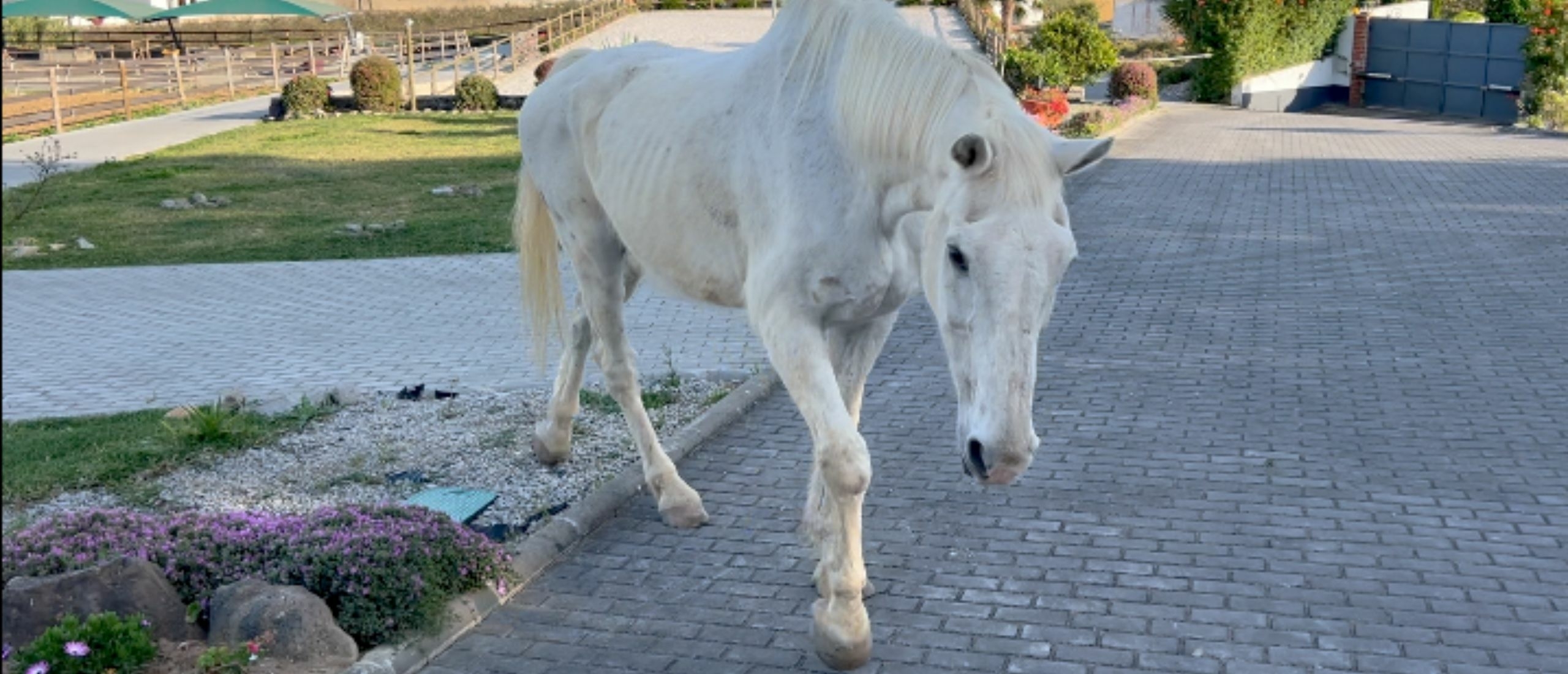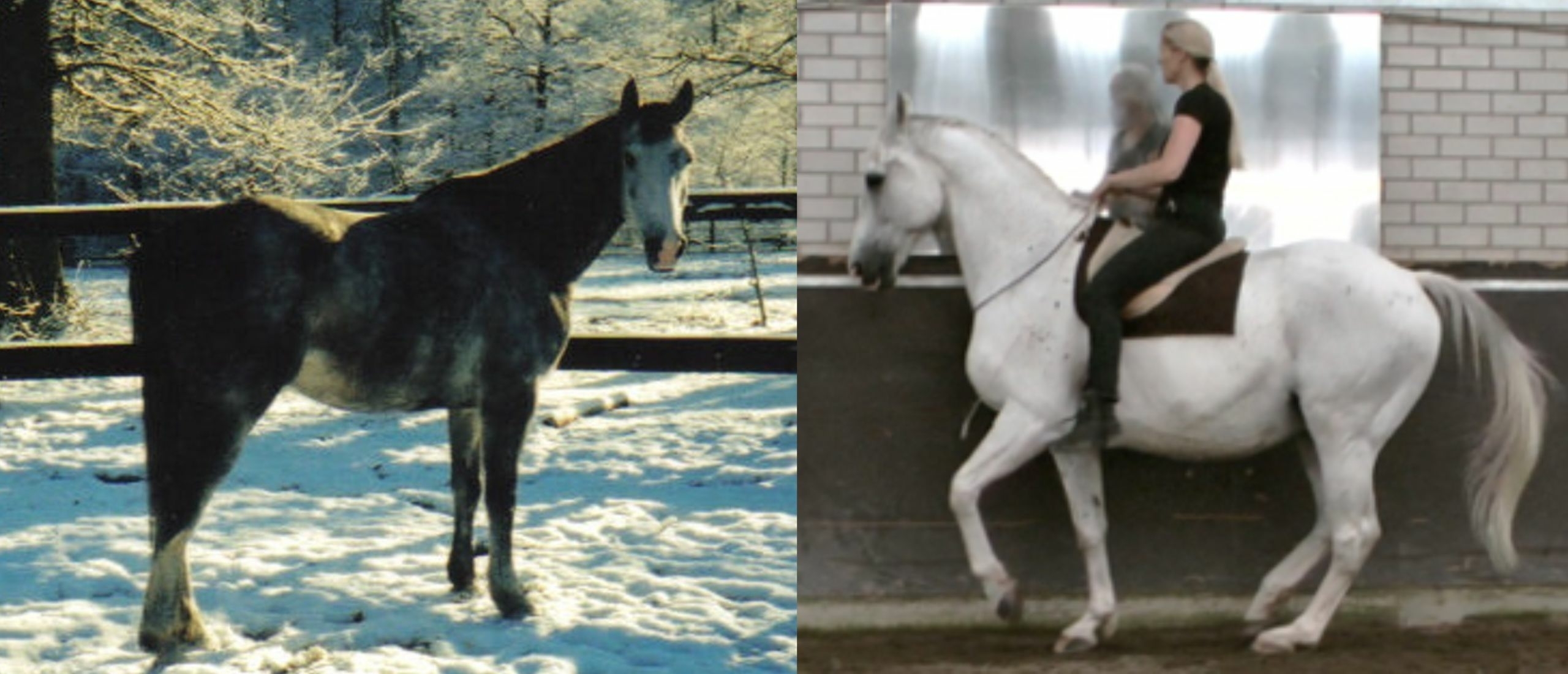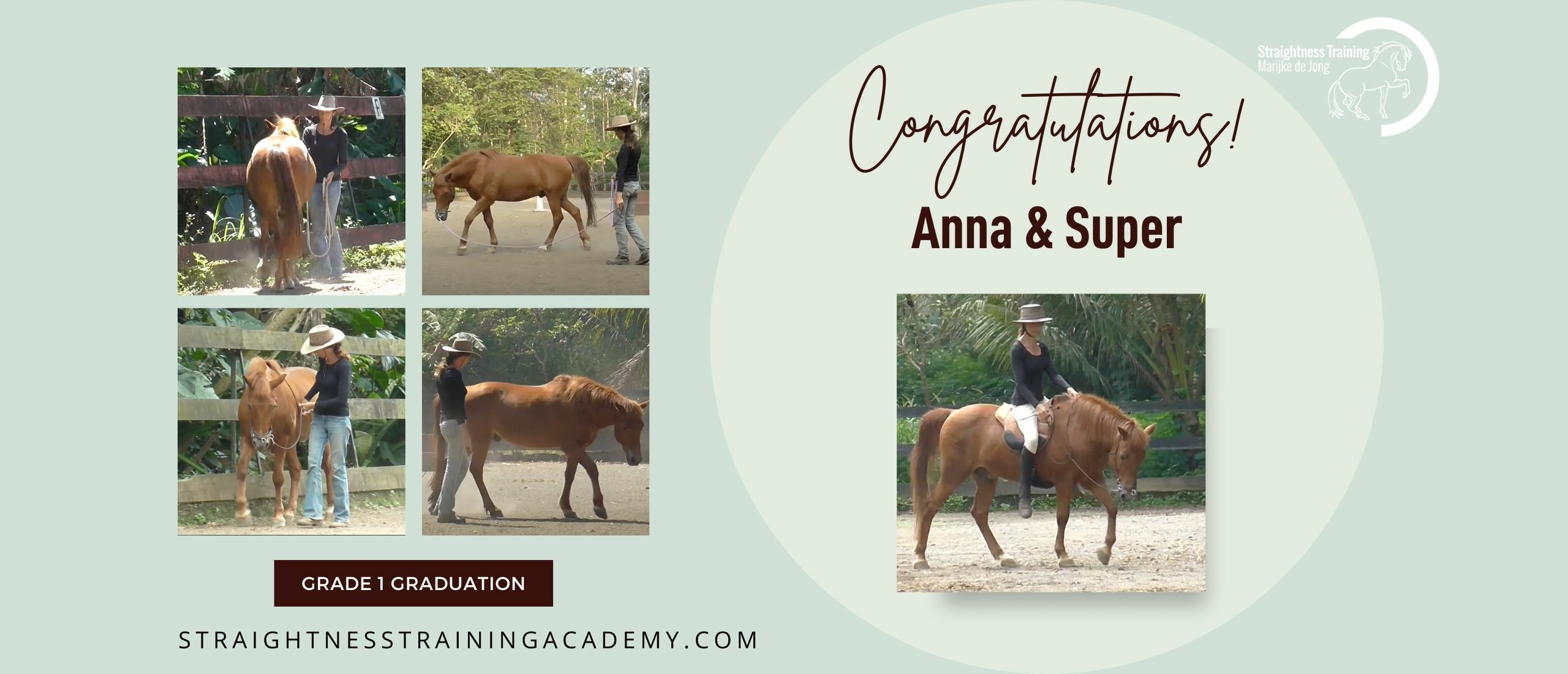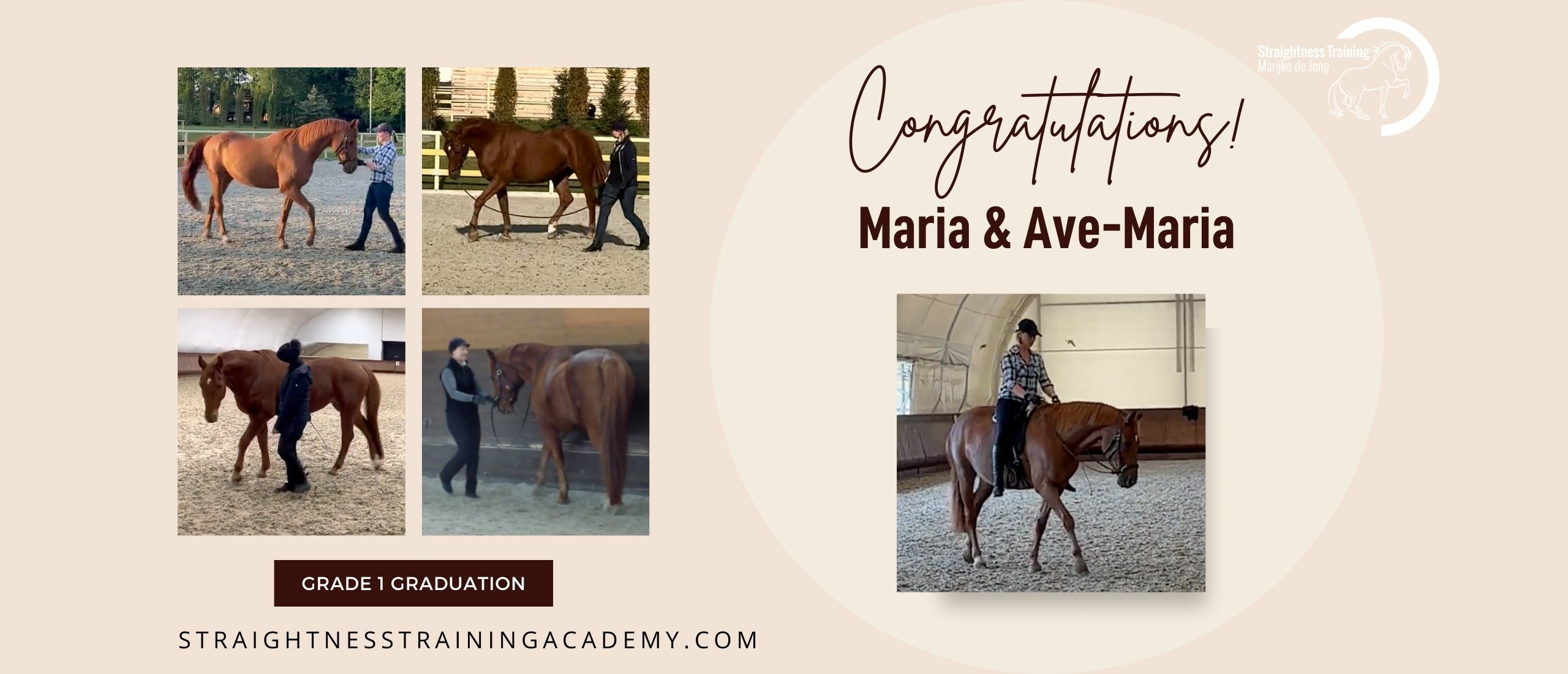 In longeing, we strive for “impulsion". Now impulsion isn’t about moving “fast", but about moving “forward". "Forward" means, our horse is moving with forward swinging hind legs, and all four legs are moving forward in the direction of movement. Impulsion also doesn't mean moving with a strong "push" against the center of mass having the weight shift towards the front legs. Instead, it's moving with engaged hindquarters that swing forwardunder the body and support the center of mass. So how do we create impulsion?
In longeing, we strive for “impulsion". Now impulsion isn’t about moving “fast", but about moving “forward". "Forward" means, our horse is moving with forward swinging hind legs, and all four legs are moving forward in the direction of movement. Impulsion also doesn't mean moving with a strong "push" against the center of mass having the weight shift towards the front legs. Instead, it's moving with engaged hindquarters that swing forwardunder the body and support the center of mass. So how do we create impulsion?Creating schwung
Now to create impulsion, our horse not only needs engaged hind legs, but also a supple back and swinging spine.The Germans use the wonderful term “schwung”, which is moving with a swinging back and a spring in the step. So it's about creating energy and activity in behind, allowing the power to come through from behind, and converting that into dynamic, lively forward movement and free moving shoulders in front.
LFS is key
- L means the lateral bending in the body: to allow the inside hind leg to swing under the center of mass, our horse needs to bend in his body.
- S means stepping under: with a proper L, our horse can step through from behind really bringing his hind legs underneath his body and center of mass.
- F means forward down: to lengthen the stride, our horse’s frame has to lengthen. So we must allow the head and neck to lengthen and lower. With this forward down tendency of head and neck and stretch of the topline, we can achieve maximum extension of the hip joint and therefore maximum stepping under.
Wind in the Sails & Arrow in a Bow
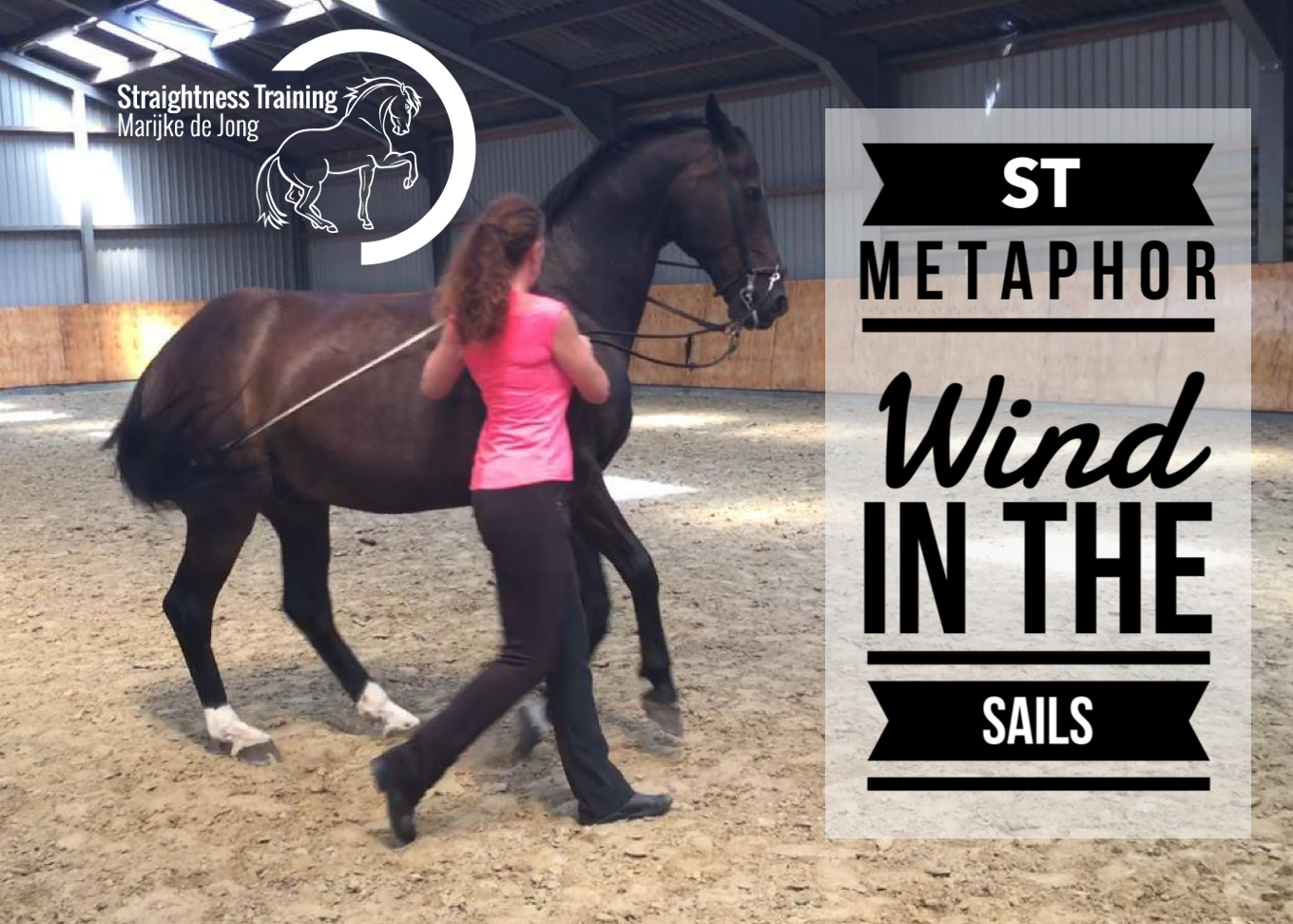 So there's this process going on:
So there's this process going on:- energy that starts and comes from behind,
- that goes through the body,
- and arrives in front.
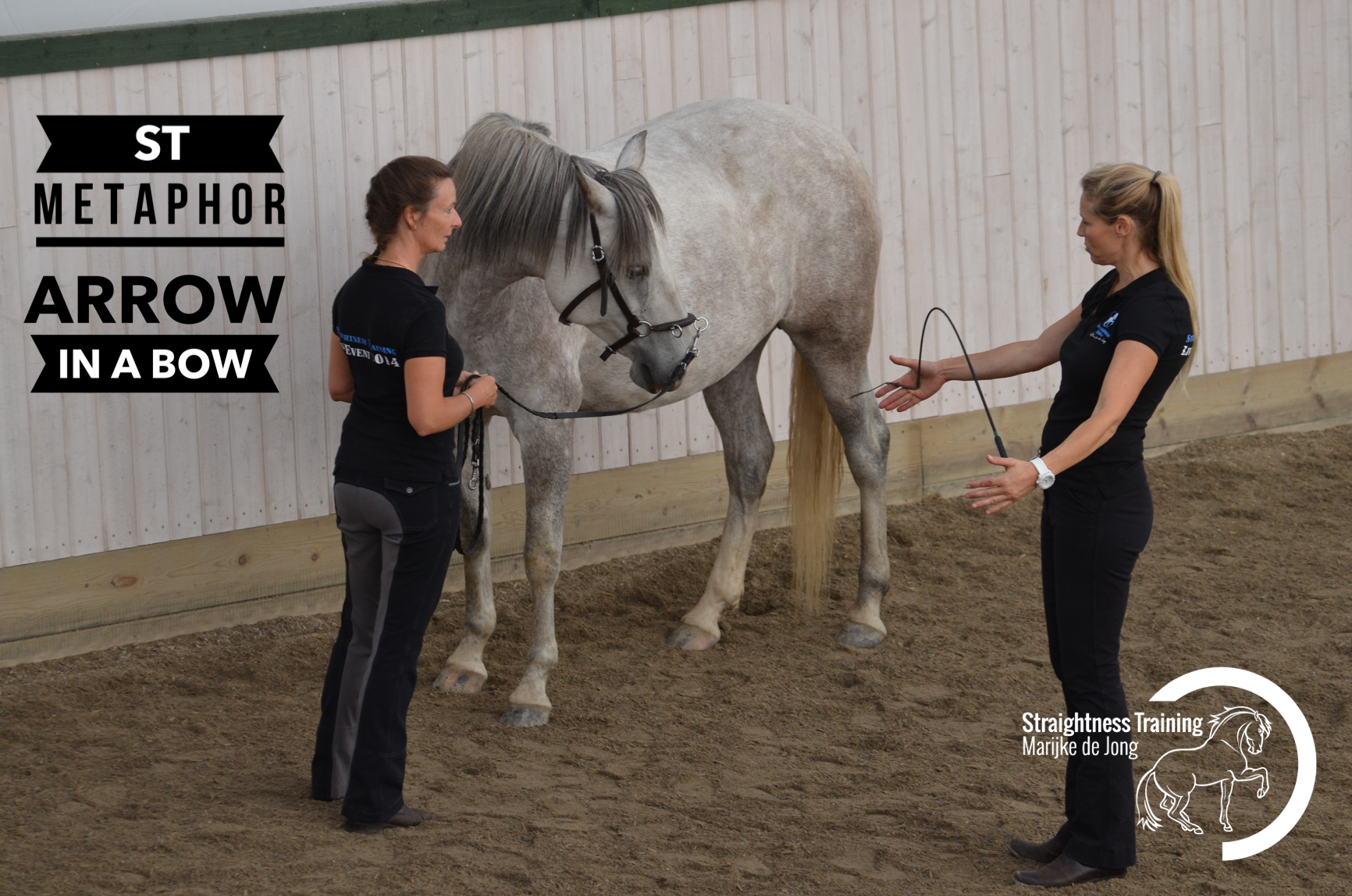 As a result, our horse will move in a connected shape, with a raised back, strong core, and the nose slightly in front of the vertical, as an arrow in a bow. With this athletic ability, our horse can move energetically and powerfully forward with elastic, light and expressive steps.
As a result, our horse will move in a connected shape, with a raised back, strong core, and the nose slightly in front of the vertical, as an arrow in a bow. With this athletic ability, our horse can move energetically and powerfully forward with elastic, light and expressive steps.Benefits of the canter
Now the more schwung and the greater the impulsion, the longer the moment of suspension in the movement.Especially the canter will help to improve the impulsion in trot because the canter is an activating gait. So it’s always fascinating to see what the canter ‘gives’ to the trot and how the trot 'benefits' from the canter, and how stretched the strides can become.
Check also this link for more information about the 'arrow in a bow' and 'wind in the sails' concepts >>
Join My Free Training
Jump on over to my free training were you get a three-step process for implementing Straightness Training in your training sessions right now. Watch two videos and download your free eBook about the ST Exercises which will help you put the information into action right away: 


